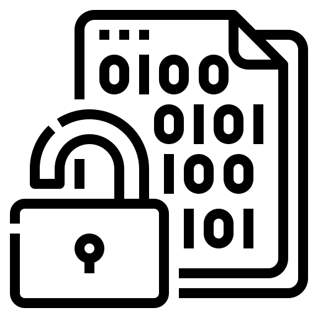Don’t Just Prepare for PQC—Deploy it with Confidence.
Our post-quantum cryptography software is designed for security, scalability, and speed.
SafeLogic Post-Quantum Cryptography Software Delivers:
CryptoComply Cryptography Software
Secure, Validated, and Post-Quantum Ready
CryptoComply is SafeLogic’s latest cryptographic software product built to deliver validated, production-grade encryption that scales across modern environments. It’s the foundation of SafeLogic’s PQC offerings and spans your entire technology stack.
Key Capabilities:
- OpenSSL 3.5 compatibility with 88% faster key operations
- Post-quantum algorithms included: ML-KEM (FIPS 203), ML-DSA (FIPS 204), SLH-DSA (FIPS 205)
- Hybrid encryption mode to combine PQC with classical FIPS-validated ciphers
- QUIC and TLS 1.3 support for real-time and low-latency applications
- No code changes required for cryptographic algorithms
- Optional integration with an ESV-certified entropy source (CCEP)
CryptoComply PQ TLS
Quantum-Safe TLS You Can Deploy Today
CryptoComply PQ TLS is a drop-in, quantum-resistant TLS solution built on SafeLogic’s certified ML-KEM implementation. It protects sensitive data in transit without ecosystem disruption.
Why PQ TLS Matters:
TLS handshakes use quantum-vulnerable public key cryptography. Long-lifespan data is at risk of Harvest Now, Decrypt Later (HNDL) attacks. PQ TLS lets you secure TLS connections today, before adversaries can decrypt them tomorrow.
Core Features:
- Drop-in replacement for OpenSSL 3.x TLS 1.3
- Pure PQ Mode with full ML-KEM encryption for endpoints that support PQC
- Hybrid Mode that combines classical PQC algorithms for FIPS compliance and layered defense
- Legacy Mode with backward compatibility with classic TLS endpoints
- Policy-based crypto-agility- switch algorithms without touching your code
- CAVP-certified ML-KEM validated performance, security, and compliance
CryptoComply PQ TLS is ideal for federal systems, cloud services, IoT, messaging platforms, and any organization seeking a quick win for PQC migration.
Is Your Organization Ready for PQC?
Successfully transitioning to post-quantum cryptography starts with understanding your cryptographic landscape, challenges, and priorities. But where do you begin?
Quantum Threats Aren't Theoretical—They're Inevitable.
The organizations that prepare now will be the ones who stay secure, compliant, and ahead of the curve.
Whether you’re starting your PQC journey or ready to deploy, SafeLogic is here to help with proven tools, validated software, and unmatched expertise.
Take the Next Step Toward Quantum Readiness.
Call us at 844-436-2797 or complete the form below to talk to a cryptography expert.
Advancing Hybrid Signatures Toward Standardization
November 10, 2025 • Alex Zaslavsky
CryptoComply Java v4.5 with PQC Algorithms Now Available
October 6, 2025 • Evgeny Gervis
To Proxy or Not to Proxy
September 24, 2025 • Alex Zaslavsky
Comparing PQC and Classical Algorithms
June 13, 2025 • Aryeh Archer









